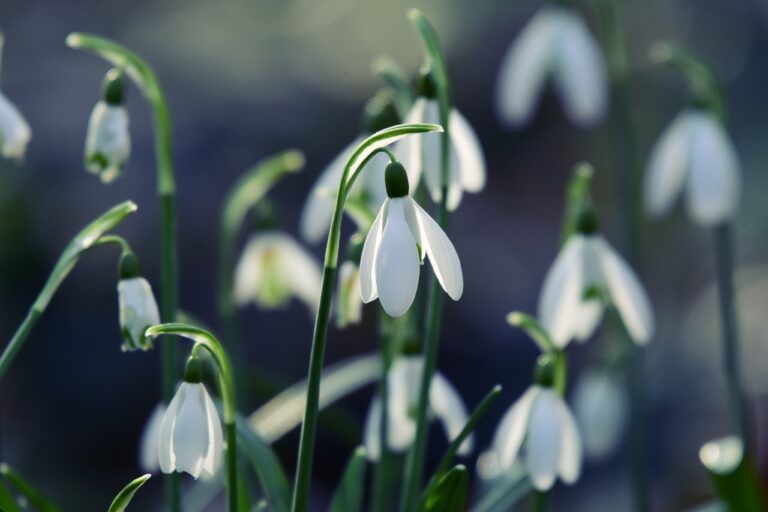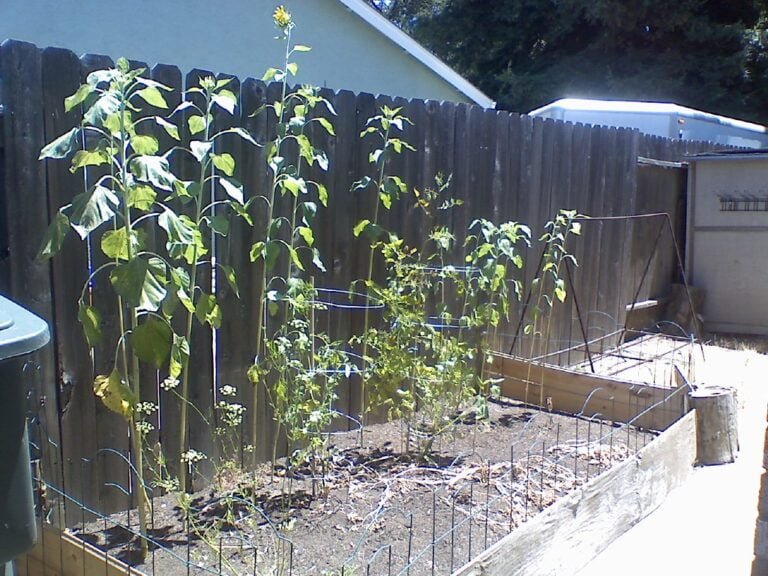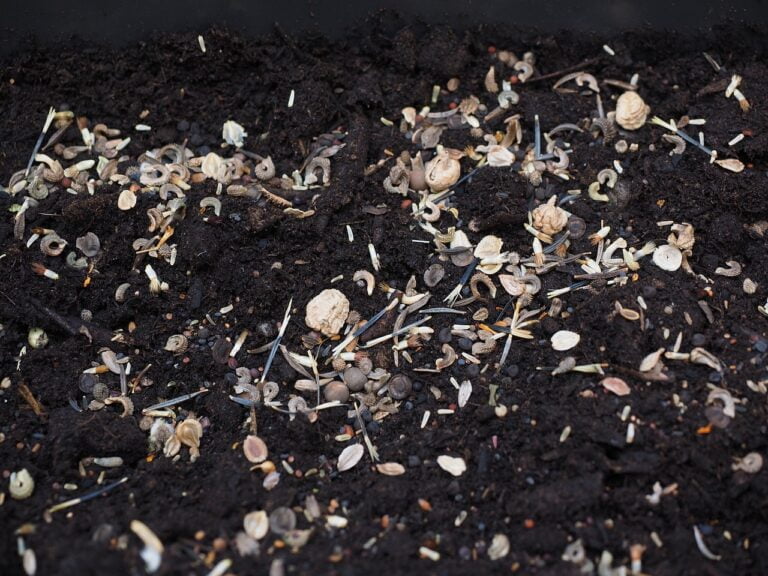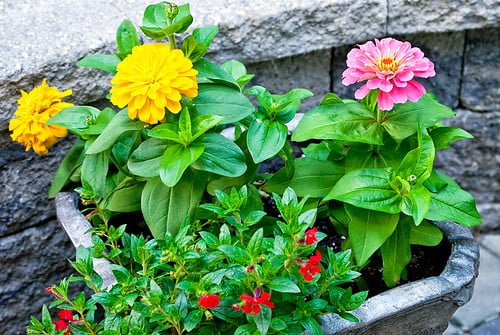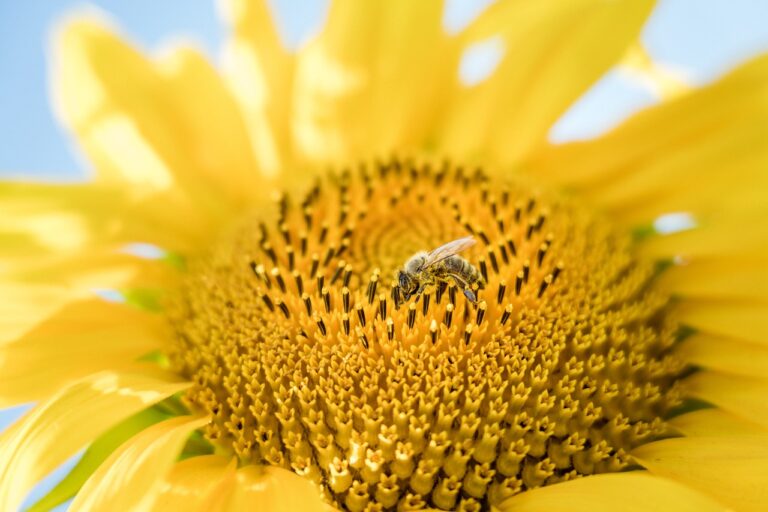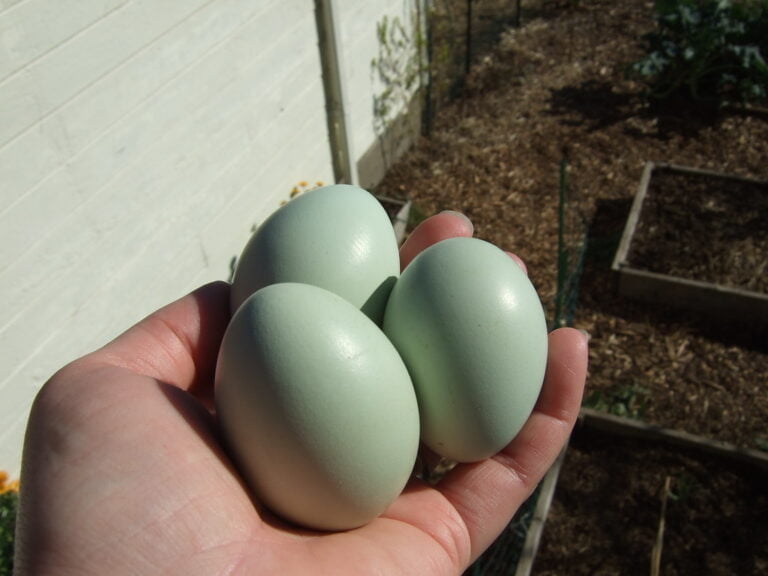Growing Tomatoes in Your Indoor Garden
Maintaining ideal conditions indoors is crucial for thriving tomato plants. Aim for 6-8 hours of sunlight and 70-80°F temperatures. Consider grow lights and temperature control for success. Watch for drafts and humidity levels too. Need more light? Use artificial options or a south-facing window. Prune before moving plants and monitor changes gradually. Guard against pests and diseases – watch for common issues and use organic methods. When harvesting, pick ripe, colored tomatoes. Starting from seed? Plant in quality mix, supply light and warmth. Transfer seedlings carefully for healthy growth. Need to know more for lush tomatoes.
Growing Conditions for Indoor Tomatoes
To cultivate thriving tomato plants indoors, make sure they receive 6-8 hours of direct sunlight daily and maintain temperatures between 70-80°F with the help of grow lights. Indoor tomato plants require these specific conditions to flourish in an indoor garden setting. Temperature control is vital for the successful cultivation of indoor tomato plants. Maintaining a consistent temperature range between 70-80°F fosters ideal growth and fruit development. Grow lights play a key role in ensuring that the tomatoes receive sufficient light, especially in spaces where natural sunlight may be limited.
When growing tomato plants indoors, it’s essential to monitor for any potential drafts that could negatively impact the plants. Strong drafts can disrupt the temperature and humidity levels necessary for the plants to thrive. By protecting indoor tomato plants from drafts, you create a stable environment conducive to their growth and development. Humidity levels, unlike in outdoor settings, are generally not a major concern for indoor tomato plants. However, ensuring that the environment is not excessively dry can still benefit the plants.
Lighting Requirements for Tomatoes
For best growth and fruit production in tomato plants, ensuring sufficient lighting is essential. Here are some key points to ponder for providing adequate light to your indoor tomato plants:
- Direct Sunlight Requirements: Tomato plants require 6-8 hours of direct sunlight daily to thrive and produce abundant fruit. Placing them in a bright, south-facing window indoors can help maximize their exposure to natural light.
- Optimizing Natural Light: To guarantee even sunlight distribution and prevent leggy growth, it’s advisable to rotate the pots of your tomato plants daily. This practice helps all parts of the plant receive adequate light, promoting balanced growth.
- Supplementing with Artificial Light: In regions with limited daylight hours or when natural light is insufficient, supplementing with artificial grow lights can be beneficial. This ensures that your indoor tomato plants receive the necessary light spectrum for healthy growth and development.
- Promoting Flowering and Fruiting: Adequate lighting is critical for triggering the flowering and fruiting stages in indoor tomato plants. Providing the right amount of light at the right time encourages the plant to produce blossoms, set fruit, and ultimately yield a successful harvest.
Temperature and Humidity Considerations
Maintaining the perfect temperature range is key to ensuring ideal growth for indoor tomato plants, especially in the absence of direct sunlight. Indoor tomato plants thrive best when the temperature is kept between 70-80°F. This range provides the best conditions for growth and fruit development. To achieve this, utilizing grow lights not only helps to maintain warmth but also guarantees that the plants receive sufficient light levels for photosynthesis.
While humidity levels are not typically a major concern for indoor tomato plants, monitoring and regulating indoor temperatures are essential for their health. Fluctuations in temperature can stress the plants and hinder their growth. Consistency is vital for creating a stable environment for indoor tomato plants to thrive.
To support successful growth, it is crucial to monitor temperature and humidity levels regularly. This can be done using a thermometer and hygrometer to guarantee that the conditions remain within the best range. Adjustments may be necessary, such as increasing ventilation or using a heater, to regulate the environment effectively.
Transitioning Plants Indoors and Outdoors
Moving your tomato plants indoors and outdoors requires careful planning and attention to temperature fluctuations. When shifting your tomato plants, it’s crucial to think about the nighttime temperatures exceeding 50°F and daytime temperatures reaching the upper 70s as ideal conditions for moving them outdoors. Here are some practical tips for a successful shift:
- Gradual Acclimatization: Begin the process of acclimatizing your potted tomatoes over about a week. Start by placing them in partial shade to adapt to outdoor conditions before gradually increasing their exposure to full sun. This gradual adjustment helps prevent shock to the plants.
- Watch the Temperatures: Keep a close eye on the weather forecast. If temperatures are predicted to drop below 50°F at night, it’s best to move your potted tomatoes back indoors to protect them from potential cold damage.
- Consider Pruning: Before moving large tomato plants indoors, think about pruning them. Trimming excess foliage can make the move more manageable and facilitate the plant’s adjustment to indoor conditions.
- Propagate Cuttings: For those looking to guarantee continuous growth, consider propagating tomato cuttings indoors. This method allows you to cultivate new plants from mature ones, ensuring a constant supply of fresh tomato plants for future growing seasons.
Pest and Disease Management
Indoor tomato plants benefit from a controlled environment, resulting in reduced susceptibility to pests and diseases compared to their outdoor counterparts. However, common issues like blossom end rot can still affect indoor tomatoes, often due to calcium deficiency or irregular watering. To effectively manage pests indoors, it is important to monitor for aphids, spider mites, and whiteflies that can infest tomato plants. Implementing regular watering schedules and providing proper plant care are vital in preventing problems such as fruit splitting and maintaining overall plant health.
Maintaining vigilance is key for indoor tomato growers to address any signs of pests or diseases promptly. By staying observant and proactive, growers can nip potential issues in the bud and guarantee a successful harvest. Timely intervention, such as applying organic pesticides or adjusting watering routines, can help mitigate pest infestations and disease development. Additionally, promoting good air circulation around plants and avoiding overcrowding can further reduce the risk of disease spread.
Harvesting Tips for Tomatoes
When selecting tomatoes, make sure they are fully colored and easily detach from the vine to guarantee peak flavor. Harvesting at the right time is essential to enjoying the best taste and quality of your homegrown tomatoes. Here are some important tips for harvesting tomatoes indoors:
- Check for Ripeness: Confirm the tomatoes are fully colored. They should have a consistent color and give slightly when gently squeezed.
- Harvesting Technique: Gently twist the tomato upwards until it separates from the vine. Avoid pulling to prevent damage to the plant.
- Storage: Store harvested tomatoes at room temperature to maintain their flavor and texture. Avoid refrigerating them, as this can negatively impact their taste and quality.
- Usage: Use the harvested tomatoes within a few days for the best flavor experience. Freshly harvested tomatoes provide the most delicious taste, so aim to incorporate them into your meals promptly after picking.
Starting Tomatoes From Seeds
After mastering the art of harvesting ripe tomatoes indoors, the next step in your tomato-growing journey is to start tomatoes from seeds. To begin, plant tomato seeds approximately 1/4 inch deep in a shallow tray filled with a quality seed-starting mix. This mix provides the necessary nutrients for germination. It is important to maintain ideal germination conditions by ensuring the seeds receive sufficient artificial light and utilizing heat mats to keep the soil consistently warm.
Once the tomato seedlings have developed their true leaves, typically after a few weeks, it is time to transfer them into small pots for continued growth. During this stage, when transplanting, bury the stem of the seedling up to the first set of leaves. This method encourages the growth of stronger roots, which are essential for the plant’s overall health and stability.
Throughout the process of starting tomatoes from seeds, it is crucial to maintain warm soil conditions to support successful germination and growth. By providing the ideal environment for your tomato seeds to thrive, you are setting the stage for healthy plants that will yield delicious tomatoes in the future.

